While looking for extant pieces for the coif, braies and base layer tunic I discovered there is none. The reason is believed to be due to the fact that old and unusable linen garments were turned into paper. Historians use manuscripts and paintings to determine what the under garments were.
Braies: In the 14th century the braies went through a drastic transformation. In 1300 they came to below the knee, from 1340-1365 they varied from just below the knee to just over the knee. by 1400 the were very short and were only a couple of inches below the groin. It was common for peasants to work at strenuous jobs in just braies or braies and tunic. However as soon as they were done working they were expected to be fully dressed.
Coif: From the 12th -15th century coifs were two piece construction. The three piece coifs didn’t begin till 1500. Coifs were used for everything from royal gatherings to peasants working in the field. It is believed that they were used to protect more expensive garments from sweat and hair oils. It is also believed that the linen coif was used since it was easy to launder and bleach in the sun.
Base Layer Tunic: these tunics were uncolored linen. They were used to protect the more expensive outer tunics and cotehardies from sweat and skin oils. As stated above the under tunic was often worn with braies for strenuous labor. Once these jobs were complete colored outer tunics and hose were put back on.
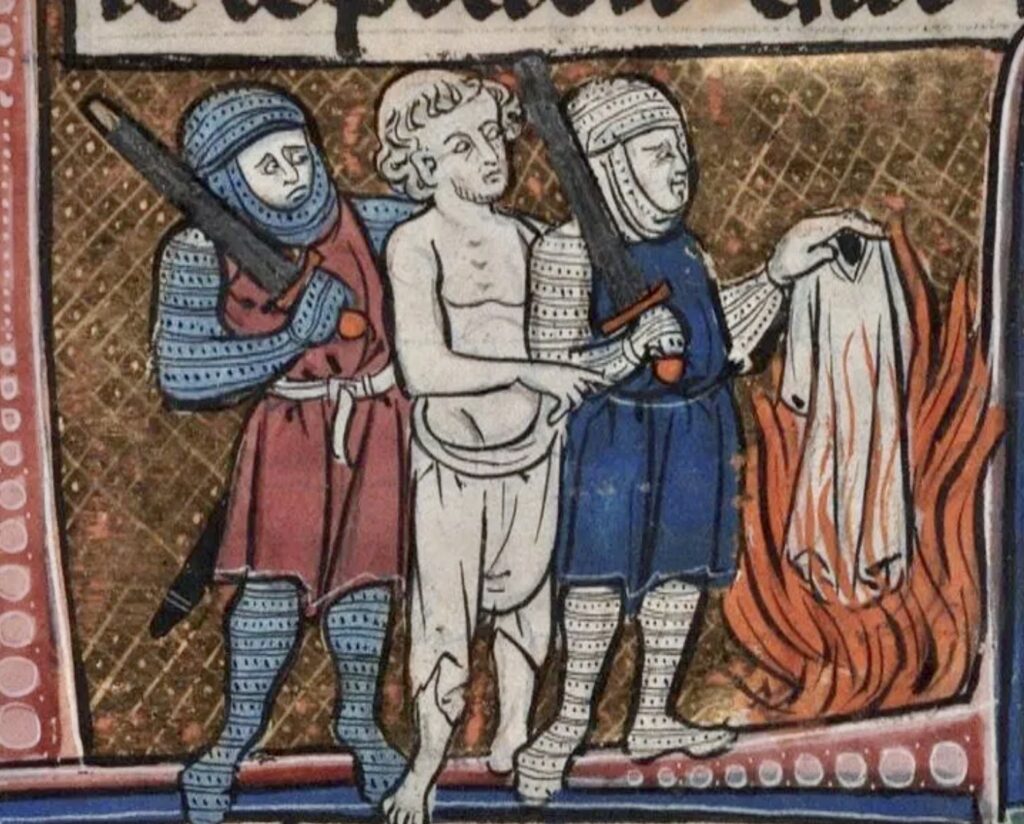


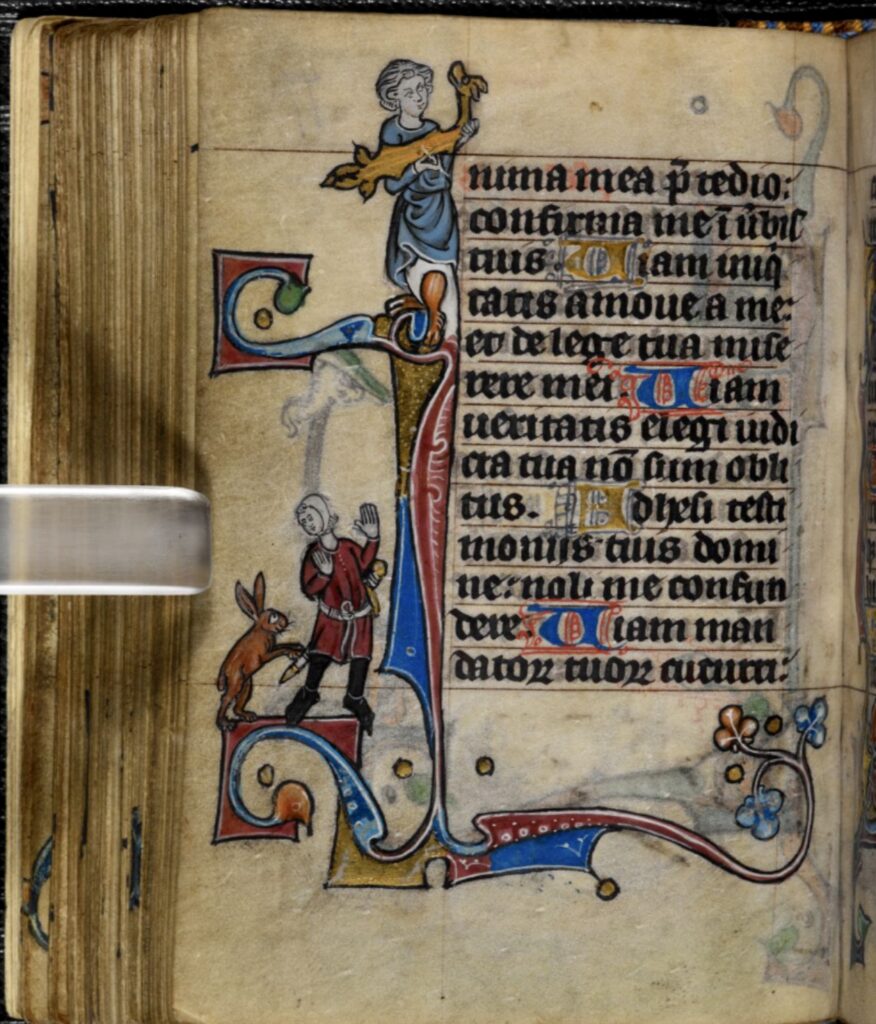
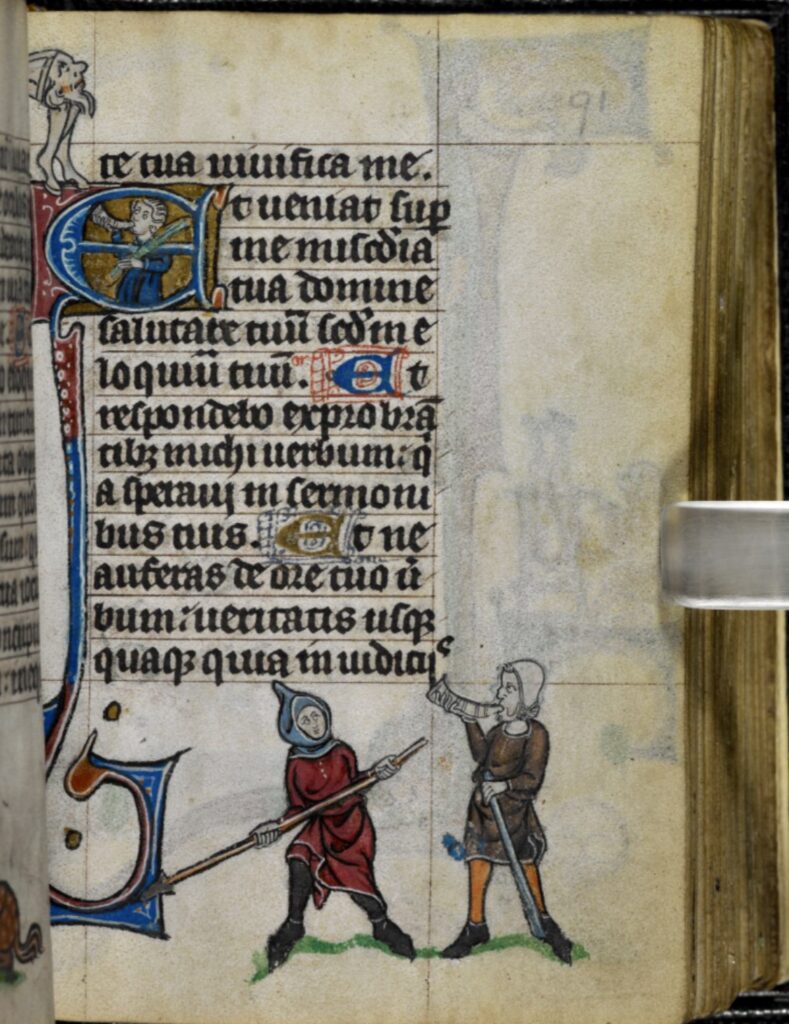
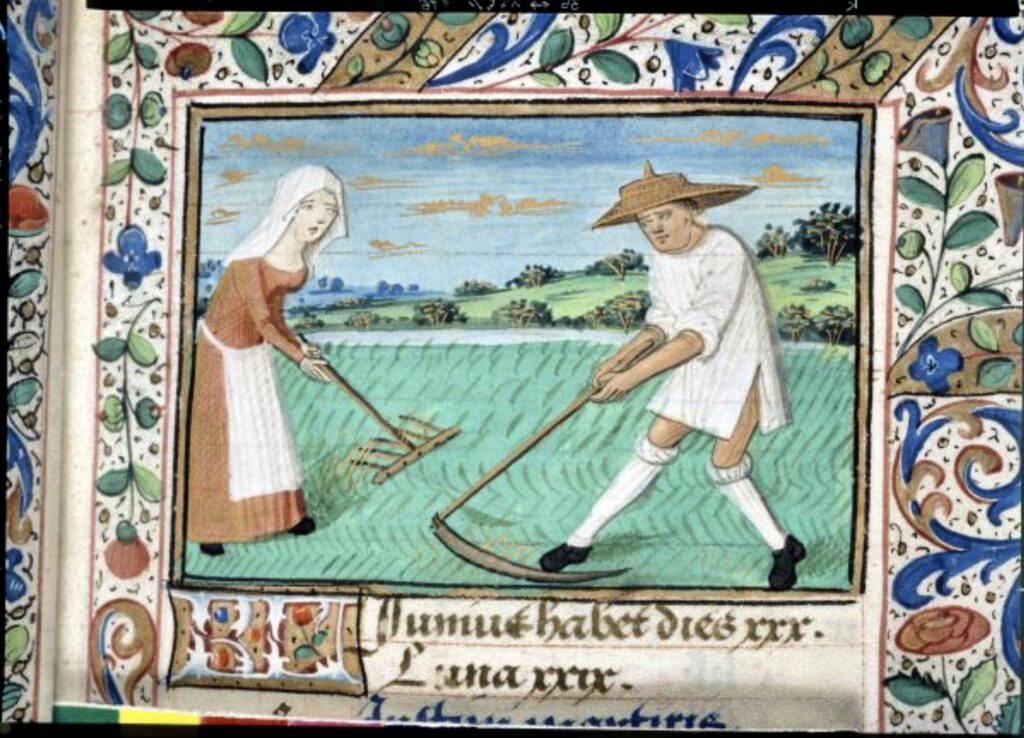
I used medium weight linen for the coif and tunic. I used heavy weight linen for the braies due to the fact that they suspend the hose and the wearer is a heavy list fighter. I put a gore under the arm for more flexibility and I saw them in several pictures I looked at.

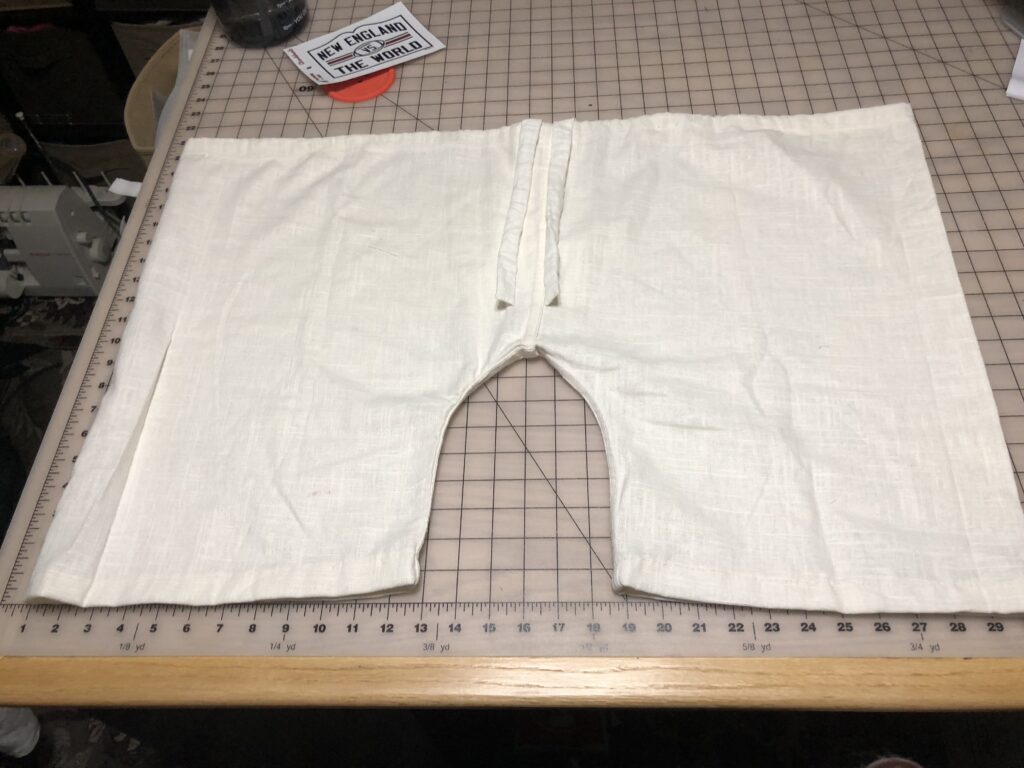
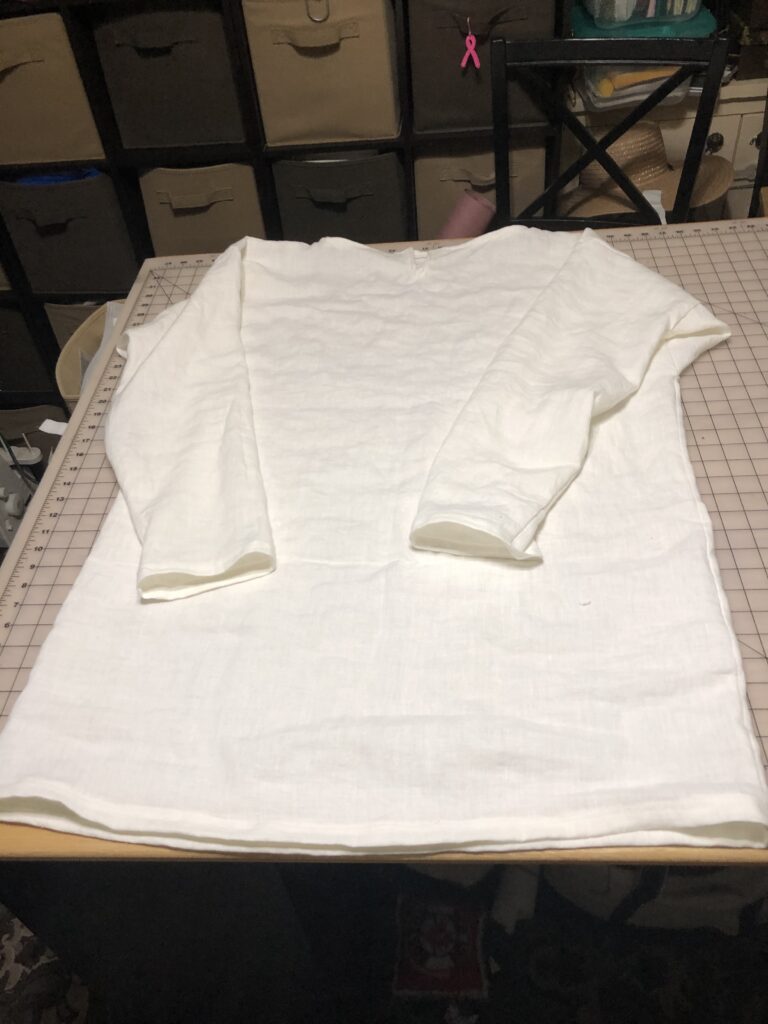
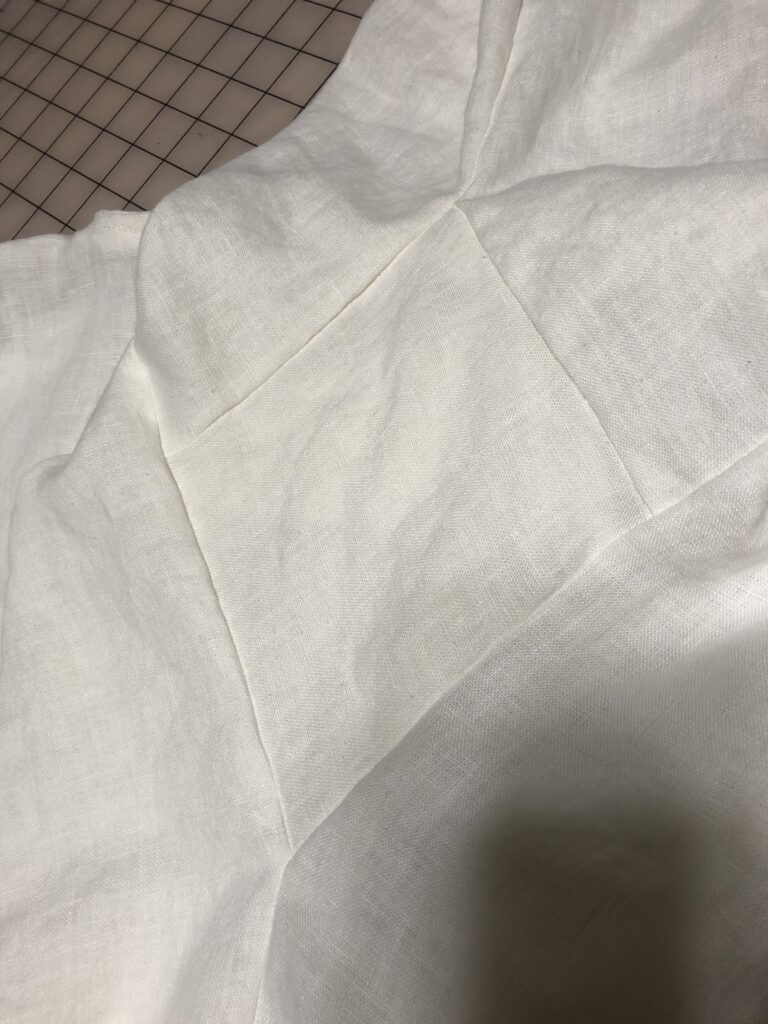
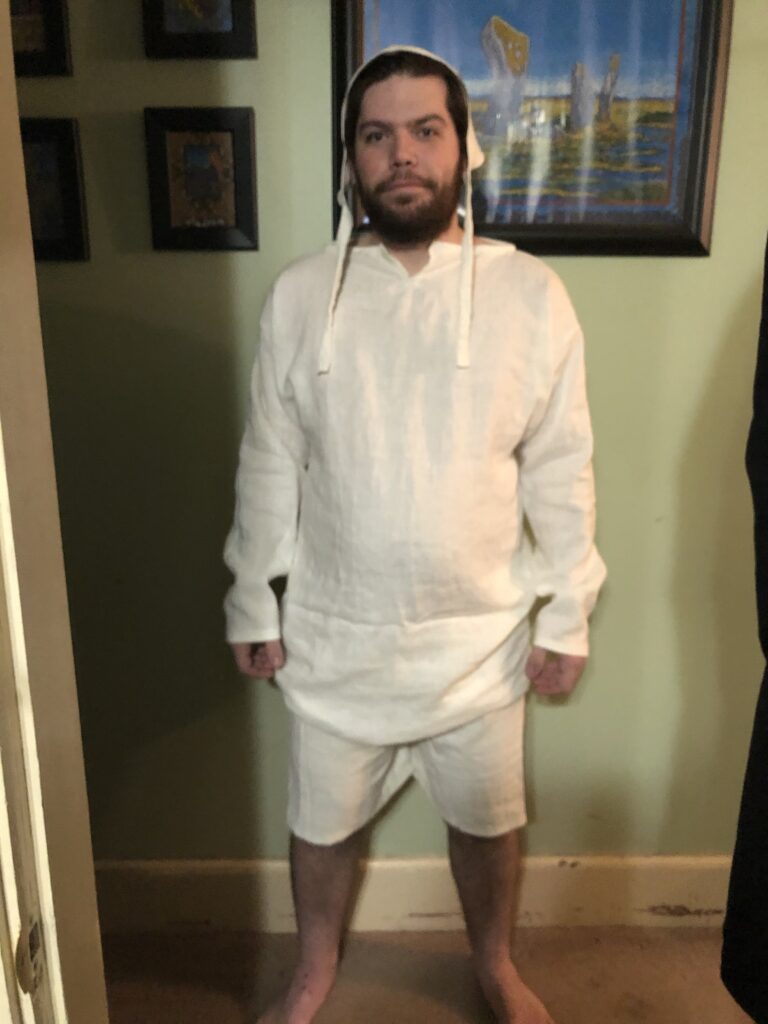
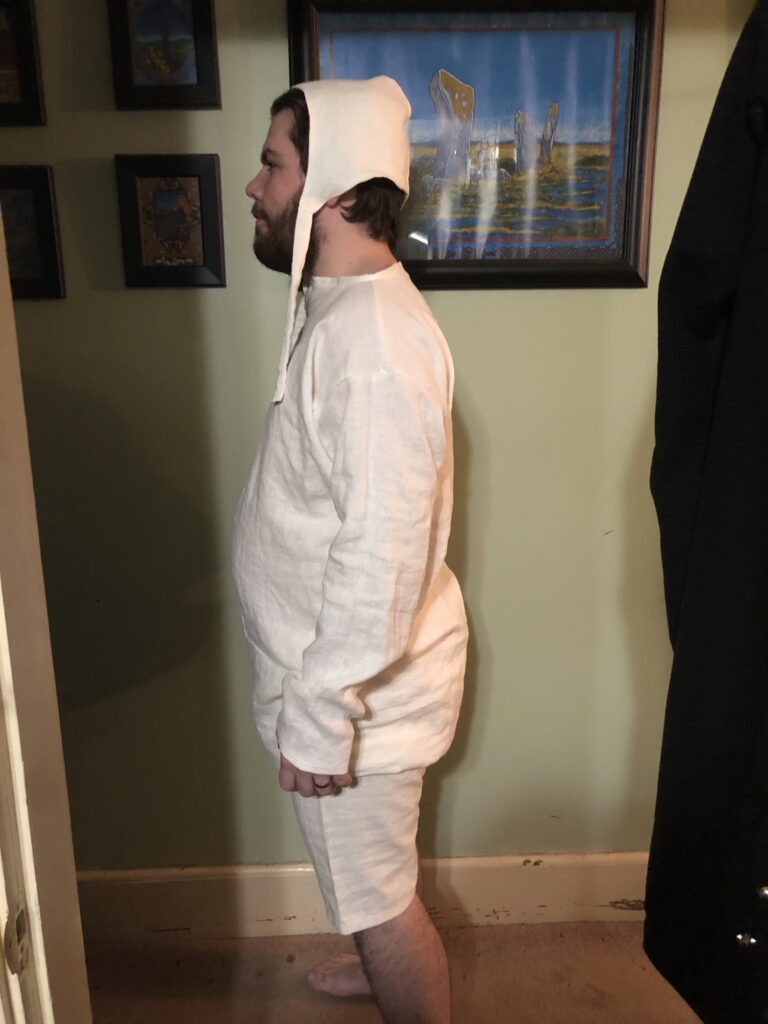
Bibliography:
Broucher, Francis 20,000 Years of Fashion. 1987 Abrams, Inc., New York
British Royal Library Catalogue of Manuscripts
British Library Catalogue of Digitized Manuscripts
V&A Museum London
Council of British Archeology, Dorcett
Walton, Pennelope “the small finds: Textiles, Cordage and raw fibre from16-22 Coppergate” In Archeology of York vol 17 1989
Beinecle Rare Book & Manuscript Library, New Haven CT
Castello Di Cafaggio Ancient Castle Firenze, Italy art collection


I love how detailed your updates are! Just a note– the diamond/ square shaped piece under the arm is called a gusset. A gore is generally a triangular shaped piece that adds width to the hem or other unenclosed edge.
thank you I missed that mistake.
OOOOHHHHH – Saucy. Pictures of you in your “unmentionables”!
Great info here.
LOL and thanks
It’s a little early for you, but you might want to look up the 13th century St. Louis tunic. It’s made of linen and may have been an undergarment.